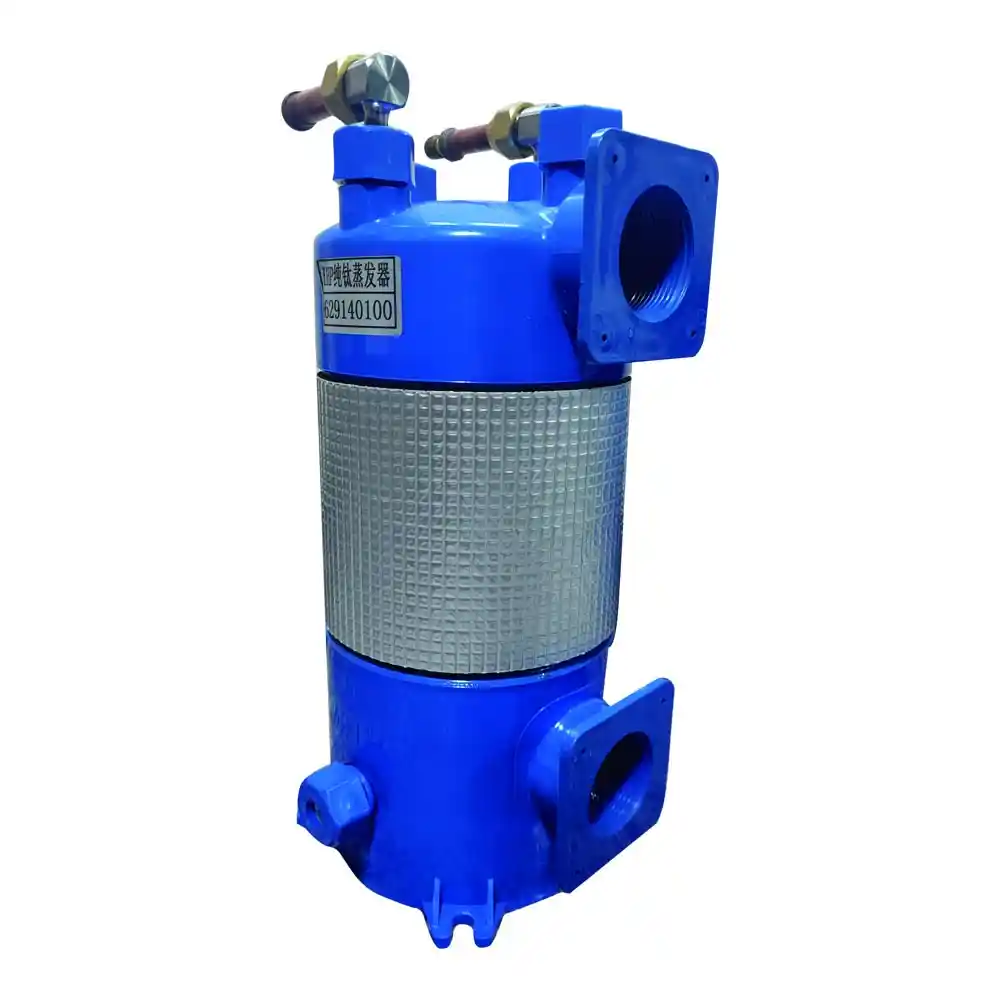Introduction
Gasket placement is a critical step in the assembly of a titanium coil heat exchanger. The gaskets ensure a tight and reliable seal between the various components, including the titanium coil and the PVC blue shell. This article provides a detailed guide on the process of gasket placement in a titanium coil heat exchanger assembly.
1. Understanding Gaskets in Heat Exchangers
Before delving into the gasket placement process, it is important to understand the role and importance of gaskets in heat exchangers. The following information provides an overview:
1.1. Purpose of Gaskets
- Gaskets are used to create a leak-tight seal between the mating surfaces of heat exchanger components.
- They prevent the leakage of fluids, ensuring efficient and safe operation of the heat exchanger.
1.2. Gasket Materials
- Gaskets are typically made from materials that exhibit excellent sealing properties and compatibility with the operating conditions of the heat exchanger.
- Common gasket materials include rubber, silicone, PTFE (polytetrafluoroethylene), and graphite.
2. Gasket Placement Procedure
The following steps outline the procedure for placing gaskets in a titanium coil heat exchanger assembly:
2.1. Preparation
- Gather the required gaskets of the appropriate size and material for the heat exchanger assembly.
- Ensure that the gaskets are clean, free from defects, and suitable for the specific operating conditions.
2.2. Identifying Gasket Locations
- Identify the locations where gaskets are required in the heat exchanger assembly.
- These locations typically include the interface between the titanium coil and the PVC blue shell, as well as any connections or flanges.
2.3. Applying Gaskets
- Place the gaskets carefully onto the mating surfaces, ensuring proper alignment.
- Take care to position the gaskets without stretching or distorting them.
2.4. Tightening Connections
- Assemble the heat exchanger components, ensuring that the gaskets are properly aligned.
- Gradually tighten the connections, following the recommended torque specifications to ensure a uniform and secure seal.
Table 1: Gasket Placement Checklist
| Installation Step | Descripción |
|---|---|
| Prepare Gaskets | Gather the required gaskets of appropriate size and material. |
| Identify Locations | Identify the specific locations where gaskets are needed in the heat exchanger. |
| Apply Gaskets | Carefully place the gaskets onto the mating surfaces, ensuring proper alignment. |
| Tighten Connections | Assemble the components and tighten the connections following torque specifications. |
Conclusion
Proper gasket placement is crucial for achieving a reliable and leak-tight seal in a titanium coil heat exchanger assembly. By following the outlined procedure and ensuring the correct selection and placement of gaskets, manufacturers can ensure the integrity and performance of the heat exchanger system. Effective gasket placement minimizes the risk of fluid leakage and promotes efficient heat transfer, contributing to the overall efficiency and reliability of the heat exchanger.


